At the end of September, the landscape of American Solar activism will undergo a major change as Adam Browning, Vote Solar’s co-founder and executive director, steps down from the organization that he helped create.
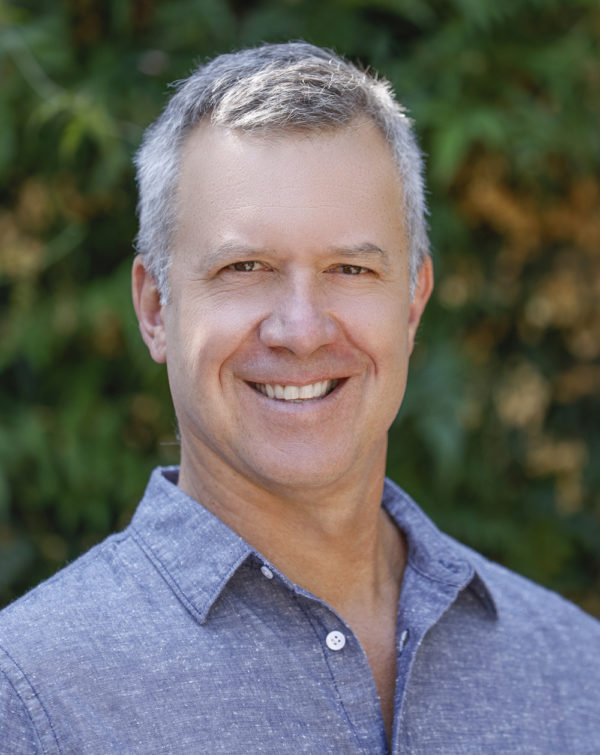
Ask Browning, however, and he’ll likely downplay the scale of the change, and instead point to the leaders and activists who will lead Vote Solar forward after him.
In an open letter to the industry, Browning expressed his excitement to see the group he created grow and evolve without him, while still recognizing that there is still work to be done and battles to be won.
“Democracy is a not a spectator sport,” Browning told pv magazine. “It’s definitely a contact sport.”
pv magazine sat down with Browning to expand on his sense of excitement, look back at the foundation and accomplishments of Vote Solar to date, and how the future of decarbonization advocacy parallels and can learn from the early days of his work in the solar space.
Armies of volunteers
As his letter outlined, Vote Solar was born from a scheme with a college friend (and now chair of the California Energy Commission), David Hochschild to get solar on San Francisco’s City Hall. At the time, Browning was working for the Environmental Protection Agency and thought that instead of looking at smokestacks and fining companies for exceeding emission limits, why not avoid those issues altogether with a resource that had the potential game changer, albeit with a little help.
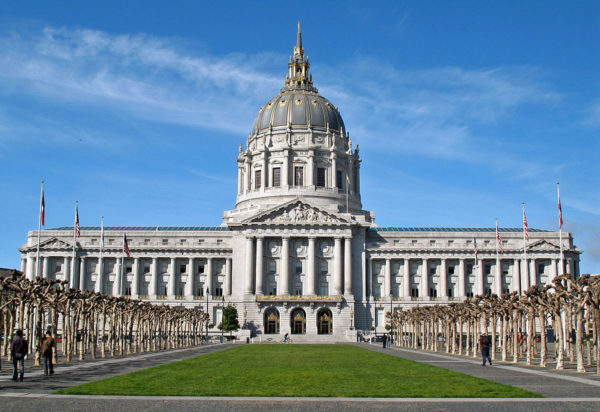
That vision evolved into a ballot initiative which enabled the city of San Francisco to issue a $100 million revenue bond to finance solar projects for city- and county-owned buildings. Campaigning was first needed to get the issue on the ballot and then to have it passed.
“We had armies of volunteers handing out flyers” and going through BART transit stations wearing sandwich board, remembers Browning. “It was so clear that people really wanted to be a part of something larger than themselves.”
The ballot initiative passed with 73% of the vote, which was incredibly high for ballot initiatives around environmental matters at the time. What’s more, the organizing efforts and enthusiasm that Browning witnessed surrounding Prop B was unlike anything he had experienced before. Less than six months later and thanks to a $50,000 grant from the Energy Foundation, Vote Solar was launched in March 2002.
“The whole idea was like: ‘Alright, here’s this beautiful technology, zero emissions, climate savior, but it is way too expensive. How do we make this cheap,'” Browning told pv magazine. “How do we made something that is necessary actually exist?”
Market signal
For the answer, Browning turned to an analysis that Greenpeace Netherlands had commissioned from KPMG. That analysis attempted to determine what kind of demand scale was necessary for solar to hit grid parity. At the time, the number to hit globally was 500 MW of annual demand. While that demand was minuscule by today’s standards, solar also cost $9/W and there was only around 163 MW installed in the U.S.
“We needed to make a long-term market signal to solar manufacturers, and would-be manufacturers that if they scale up, they build the factories, if they grew, that there would be demand for the product,” said Browning.
That market signal got its spark from the California Solar Initiative, a planned $3 billion investment in rooftop solar that ultimately failed to leave the legislature. From there, Vote Solar undertook the first of what would become the organization’s famous inside-outside style of campaigning: winning over regulators with facts, math, and regulatory acumen, and building political will through grassroots organizing.
The strategy worked and the California Solar Initiative was created on a second attempt by the state’s legislature in 2006. It had a goal of supporting nearly 2,000 MW of residential and commercial projects by 2016. In the years that followed, that goal was surpassed by hundreds of megawatts. The program was so successful that by the time it was ended in 2014 – two years early – an estimated 72% of all residential solar projects in the state had been completed without any state incentives.
Handing the reins
Since those early days, Vote Solar’s scope and influence have grown, and the organization now has operations in 26 states, an $8.6 million budget, and 40 people working to forward the cause. It’s these people to whom Browning will now hand the reins, and he said it is a a group that he could not have more confidence in to continue working towards an equitable 100% clean energy future.
Browning said that Vote Solar now operates as a connection of strong regional groups, as the years showed that successful advocacy is born from tangible partnerships with the communities that the organization aims to serve.
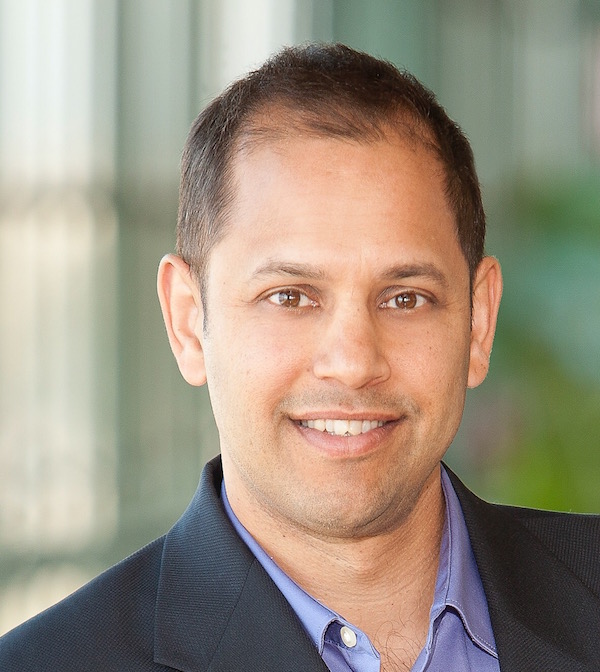
Sachu Constantine, the group’s managing director for regulatory efforts, will serve as the interim executive director, while the group’s Board of Directors, as well as search firm Good Citizen, search for the next leader. The two groups are considering both internal and external candidates for the position.
Whoever that replacement is, she or he has a long road ahead of them to help create the equitable clean energy future that Browning and the organization envision.
“When we think about the future, how we actually solve for climate, it really is electrify everything and run it on renewables,” said Browning. “And so our ability to actually run it all on renewables depends upon having low-cost dependable sources of renewable energy.”
In many ways, this need for demand and low-cost resources sounds similar to the foundation upon which Vote Solar’s advocacy began.
“There are lessons around advocacy, but also around scale,” Browning said. “We brought down costs, and we solved for people’s problems. There’s a parallel here, with EV’s and with batteries, and with their costs coming down 80% over the last decade.”
Browning said he is also hopeful for the future of renewable technology, saying that emerging battery chemistries and other advancements are better than the technologies we have today. What’s more, he said we shouldn’t be afraid of this wholesale transition and adoption, because the technologies will continue to improve, and to come down in cost with scale and engagement.
As Browning sees it, three paramount issues remain for renewable energy advocacy moving forward: finding the right pathways to a 100% renewable energy sector, making sure the grid is flexible and reliable, and ensuring equitable access to clean energy and its benefits.
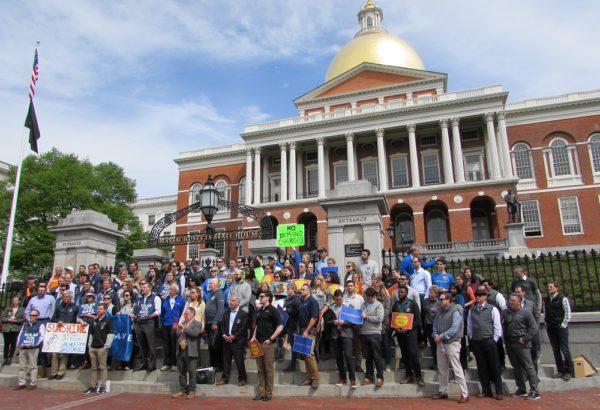
Vote Solar
He said a key question is how to make the transition to 100% clean energy in a way that doesn’t replicate inequities of the past. Continued work will be required to expand solar deployment, as simply having solar cheap and accessible is insufficient to keep the momentum going.
In the end, “Advocacy needs to have a seat at the table,” Browning said. And giving a nod to the climate crisis, he said, “We need vigorous advocacy in order to keep this transition happening in the closing window of opportunity that we have left.”
This content is protected by copyright and may not be reused. If you want to cooperate with us and would like to reuse some of our content, please contact: editors@pv-magazine.com.
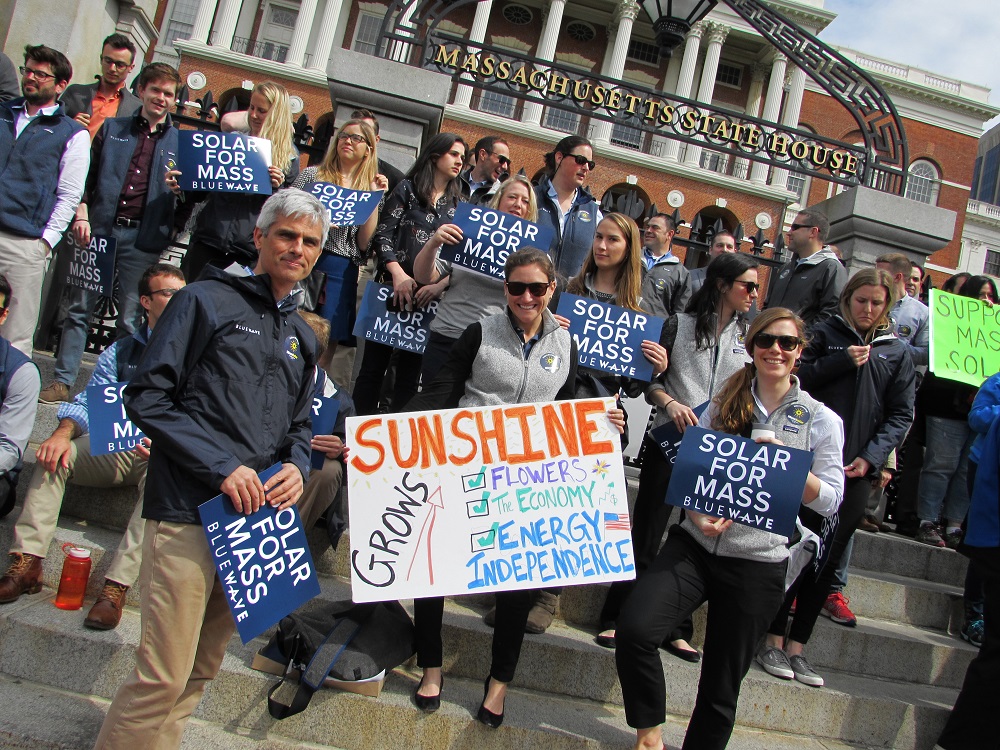








By submitting this form you agree to pv magazine using your data for the purposes of publishing your comment.
Your personal data will only be disclosed or otherwise transmitted to third parties for the purposes of spam filtering or if this is necessary for technical maintenance of the website. Any other transfer to third parties will not take place unless this is justified on the basis of applicable data protection regulations or if pv magazine is legally obliged to do so.
You may revoke this consent at any time with effect for the future, in which case your personal data will be deleted immediately. Otherwise, your data will be deleted if pv magazine has processed your request or the purpose of data storage is fulfilled.
Further information on data privacy can be found in our Data Protection Policy.